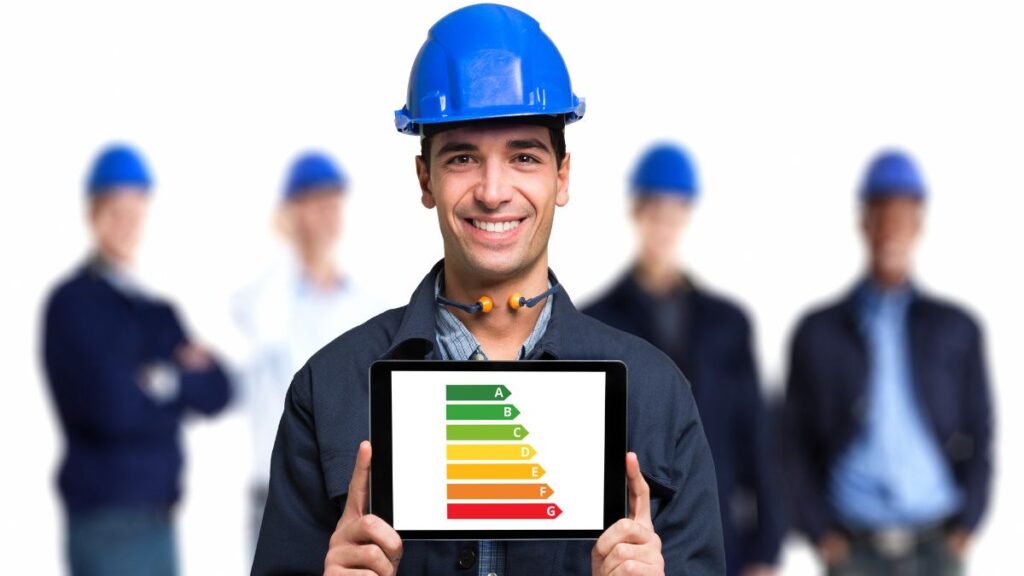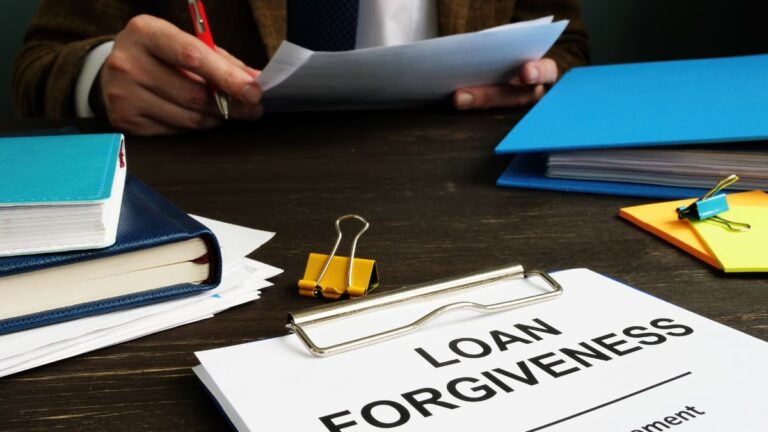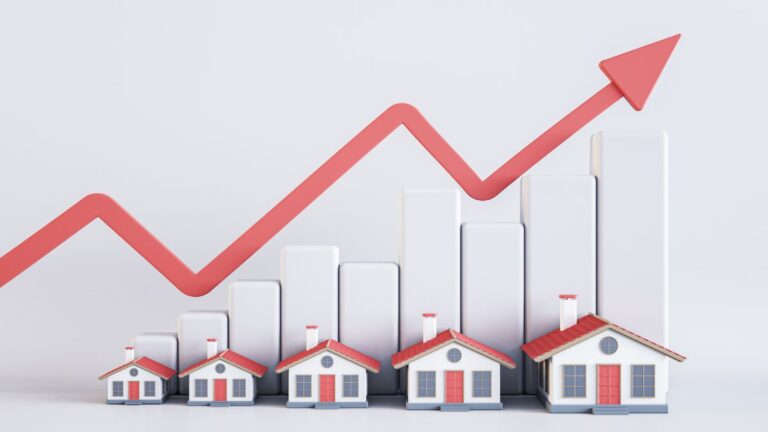Don’t Overpay! Find Your Ideal Construction Loan Rate Today 2024
Introduction
When it comes to building a new home or renovating an existing property, one of the biggest challenges is securing the right financing.Construction Loan Rate can offer the perfect solution, but if you don’t know what to look for, you could end up paying more than necessary. This guide will help you navigate the world of construction loans, understand how rates are determined, and ultimately find the best loan for your project without overpaying. Let’s dive into everything you need to know about securing the ideal construction loan rate today.

1. Understanding What a Construction Loan Is
A Construction Loan Rate is a short-term loan used to finance the building or renovation of a home or commercial property. Unlike traditional mortgages, which are used to buy an already built home, construction loans cover the costs of the construction process. They are typically disbursed in stages, as construction progresses, and the borrower only pays interest on the amount drawn. Once construction is complete, the loan is often converted into a standard mortgage.
2. Types of Construction Loans
There are several types of Construction Loan Rate available, and understanding which one best suits your needs is the first step in finding the ideal rate. The most common types include:
- Construction-to-Permanent Loans: This loan starts as a construction loan and then automatically converts to a standard mortgage once construction is finished. The advantage of this loan is that you lock in a single interest rate for both phases.
- Stand-Alone Construction Loans: Also known as “two-time-close” loans, this option requires the borrower to take out a construction loan first and then refinance into a mortgage when the project is completed. The rates on these loans can vary, as the refinance will be based on the rates available at that time.
- Owner-Builder Loans: These loans are designed for borrowers who are acting as their own general contractor. These can be harder to qualify for since lenders often view self-managed construction projects as riskier.(786)
3. Factors that Affect Construction Loan Rate
Several factors can influence the rate you get on a construction loan Rate, including:
- Credit Score: As with any loan, a higher credit score will help you secure a lower interest rate. Lenders view borrowers with good credit as less risky, and they reward this with better terms.
- Down Payment: Construction loans typically require larger down payments compared to traditional mortgages. The more you can put down, the lower your interest rate is likely to be.
- Loan Amount: The size of the loan also affects the rate. Larger loans may come with higher interest rates since they represent a higher risk to the lender.
- Loan Term: Construction loans are usually short-term loans (12-18 months). The shorter the term, the lower the interest rate may be.
- Market Conditions: Interest rates fluctuate based on market conditions, such as the Federal Reserve’s actions and the overall economy. Pay attention to these factors when shopping for your loan.(786)
4. How to Shop for the Best Construction Loan Rate
Finding the ideal construction loan rate starts with shopping around. Don’t settle for the first offer you get. Instead, compare rates from multiple lenders, including banks, credit unions, and private lenders. Make sure to request detailed loan estimates from each lender so you can compare the true cost of the loan, including interest rates, fees, and terms.
5. Locking in a Rate: When and How
Locking in a construction loan rate can be tricky because the construction process can take months or even over a year. Most lenders allow you to lock in a rate when the loan is approved, but some may offer a “float-down” option, allowing you to take advantage of lower rates if they drop during the construction process. If you expect rates to rise, locking in early is usually the best option.

6. The Importance of Lender Experience
Not all lenders are created equal, especially when it comes to construction loans. Choose a lender who has experience with these types of loans and can guide you through the process. An experienced lender will help you avoid potential pitfalls and ensure that you’re getting the best possible rate.
7. How to Qualify for a Construction Loan Rate
Qualifying for a construction loan is more complex than qualifying for a traditional mortgage. Lenders typically require the following:
- A solid credit history: A credit score of at least 680 is often required for construction loans, although higher scores will secure better rates.
- A down payment of 20%-30%: This shows the lender that you’re financially invested in the project.
- Detailed construction plans and a qualified builder: Lenders want to see that the project is well-planned and managed by an experienced contractor.
- Proof of income: As with any loan, you’ll need to show that you have a steady income and the ability to repay the loan.
8. Reducing Costs with an Interest-Only Construction Loan
One way to reduce your monthly payments during the construction period is by opting for an interest-only construction loan. With this type of loan, you only pay interest on the amount of the loan that has been drawn down for the project. Once the construction is complete, the loan will convert to a standard mortgage, and you’ll start paying both principal and interest.

9. Potential Fees to Watch Out For
When comparing construction loan rates, it’s important to consider the fees associated with the loan. These can include:
- Origination fees: A percentage of the loan amount charged by the lender for processing the loan.
- Inspection fees: Since the lender will send an inspector to verify that construction is progressing before releasing funds, there may be inspection fees.
- Title update fees: Construction loans may require periodic title updates, which come with additional costs.
Be sure to factor in these fees when calculating the total cost of the loan.
10. Refinancing Your Construction Loan
Once construction is complete, you may have the option to refinance your construction loan into a traditional mortgage. Refinancing can help you secure a lower long-term interest rate, especially if rates have dropped since you started the project. Be sure to shop around for the best refinance rates, just as you did for the Construction Loan Rate.
11. Common Mistakes to Avoid
When securing a construction loan, it’s easy to make mistakes that can cost you in the long run. Here are a few common pitfalls to watch out for:
- Not locking in your rate: If you don’t lock in your rate and interest rates rise, you could end up paying more than you anticipated.
- Underestimating construction costs: It’s always a good idea to have a contingency budget in place for unexpected costs.
- Choosing the wrong lender: Not all lenders have experience with construction loans, so choose carefully.
12. Timing Is Everything
When it comes to securing a Construction Loan Rate timing is key. Interest rates fluctuate, so it’s important to monitor the market and lock in your rate when it’s at a favorable level. Additionally, starting your loan search early will give you plenty of time to compare offers and find the best deal.
Conclusion

Securing a construction loan can be a complex process, but with the right information and careful planning, you can find an ideal loan rate without overpaying. Understanding how rates are determined, shopping around, and working with experienced lenders will all help you get the best possible deal. Don’t rush the process—take your time to evaluate all your options and lock in the best rate for your construction project.
FAQs
1. What is the typical interest rate for a construction loan?
Interest rates for construction loans vary depending on factors such as credit score, loan amount, and market conditions. However, they are usually higher than traditional mortgage rates.
2. Can I get a construction loan with bad credit?
It’s more difficult to get a construction loan with bad credit, but it’s not impossible. You may need a larger down payment or may face higher interest rates.
3. How long does it take to get approved for a construction loan?
The approval process for a Construction Loan Rate can take anywhere from a few weeks to a couple of months, depending on the lender and the complexity of the project.
4. Do I need a contractor to get a construction loan?
Most lenders require a licensed contractor with experience to manage the construction. Owner-builder loans are an exception, but they are harder to qualify for.
5. Can I refinance a construction loan?
Yes, once construction is complete, you can typically refinance your construction loan into a traditional mortgage.
6. What’s the difference between a construction loan and a mortgage?
A Construction Loan Rate covers the cost of building or renovating a property, while a mortgage is used to purchase an already built home.
7. What happens if construction takes longer than expected?
If construction takes longer than expected, you may need to apply for an extension on your loan, which could result in additional fees.
8. Can I use a construction loan to buy land?
Yes, many construction loans can also be used to purchase the land where the home will be built.
9. How much down payment is required for a construction loan?
Most Construction Loan Rate require a down payment of 20% to 30%.
10. What are the risks of
a construction loan? come with risks, such as cost overruns, project delays, and fluctuating interest rates. Choosing an experienced contractor and lender can help mitigate these risks.






